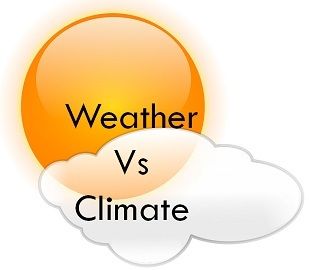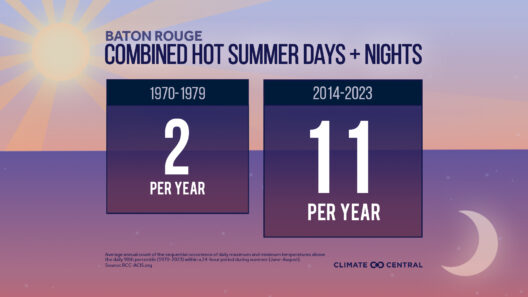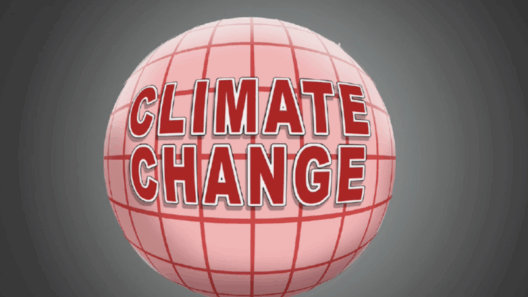In the intricate tapestry of global environmental diplomacy, the Paris Climate Agreement stands as a vibrant thread, weaving together nations in a collective endeavor to combat climate change. This monumental accord, forged in 2015 during the COP21 conference, symbolizes a pivotal shift toward a more sustainable future. Yet, while its ramifications are globular in scope, the consequences of this agreement unfurl most vividly at the local level.
At its core, the Paris Agreement encapsulates a unifying vision, where countries commit to mitigating greenhouse gas emissions, thereby limiting global temperature rise to well below 2 degrees Celsius, with aspirations to cap it at 1.5 degrees. This ambitious target is akin to a tightrope walk, requiring countries to balance economic growth with environmental stewardship. Each nation’s pledge, known as a Nationally Determined Contribution (NDC), serves as both a promise and a challenge, reflecting a microcosm of their unique socio-economic landscapes.
Consider the metaphor of a symphony orchestra. Each country is an instrument, contributing its distinct sound to the overall harmony of the planet’s climate system. Just as a violin virtuoso may master a particular movement, an individual nation must tailor its commitments to fit within the grand orchestral arrangement. This requires not only technical precision in emission reductions but also an understanding of local contexts—from agriculture to industry—to ensure that these commitments resonate harmoniously with the daily lives of citizens.
One of the most profound impacts of the Paris Agreement manifests in local governance. Cities and municipalities, often dubbed the frontline of climate action, are increasingly adopting ambitious climate action plans that align with national commitments. For instance, a city located in a rain-laden region may focus on flood prevention strategies, such as improved drainage systems and green infrastructure, while a drought-prone area may invest in water conservation technologies and sustainable agricultural practices. This localized approach ensures that the solutions are not merely abstract but are grounded in the realities faced by communities.
Furthermore, the principle of transparency and accountability embedded within the Paris Agreement fosters a culture of collaboration among local governments. Regular reporting and assessment of emissions allow cities to monitor progress, share best practices, and adapt strategies as necessary. This creates an ecosystem of knowledge, where successes in one locale can inspire innovation in another, forging connections that transcend borders.
However, the path towards effective implementation is laden with complexities. Disparities in economic capabilities and resource availability often lead to an uneven playing field. Wealthier nations, historically the largest contributors to greenhouse gas emissions, bear a greater moral responsibility to aid developing countries in their climate endeavors. Through mechanisms like financial assistance and technology transfer, the global community seeks to bolster resilience in the face of climate adversities.
As the world grapples with existential challenges—a cascade of extreme weather events, rising sea levels, and unparalleled biodiversity loss—the local impact of the Paris Agreement can also catalyze a groundswell of grassroots activism. Communities are awakening to their power as agents of change, often turning to renewable energy sources, sustainable agriculture, and conservation initiatives. Local organizations are forging alliances with businesses and citizens alike, igniting a movement that transcends political boundaries. This burgeoning awareness transforms the climate narrative from one of despair to hope, infusing it with the energy of a thousand grassroots upheavals.
The resonance of the Paris Agreement extends beyond mere policies and commitments; it ushers in an era where intergenerational equity is paramount. Local governments are recognizing the responsibility to protect their environments not only for the current population but for future generations. This forward-thinking mentality nurtures a deeper connection to the land and the communities inhabited within it, fostering stewardship that ensures the sustainability of natural resources.
One compelling case study illustrating the local impact of global agreements is the city of Copenhagen, Denmark. With a bold ambition to become carbon neutral by 2025, Copenhagen has embraced progressive urban planning, cycling infrastructure, and district heating systems—all rooted in the guidelines set forth by the Paris Agreement. As residents pedal through tree-lined avenues powered by renewable energy, the city becomes a living exhibit of successful climate action, garnering international attention and setting a precedent for others to emulate.
Moreover, the interconnectivity provided by the Paris Agreement requires a transdisciplinary approach to problem-solving. Scientific research, technological innovation, social equity considerations, and economic viability must intertwine organically to create sustainable solutions. This holistic framework empowers local stakeholders—government officials, business leaders, and communities alike—to co-create strategies that are as diverse as the environments they inhabit.
In conclusion, the Paris Climate Agreement serves as a beacon of hope and a call to action. While it is indeed a global enterprise, its reverberations are felt most profoundly at the local level. By embracing tailored strategies, fostering collaboration, and nurturing grassroots movements, we can transform lofty ambitions into tangible outcomes that benefit both people and the planet. In the grand symphony of climate action, every note matters, and it is the collective resonance of each community that will ultimately determine the success of our shared endeavor in addressing the climate crisis.







